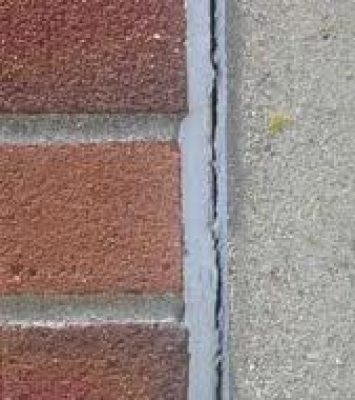Construction Support and Institutional

Feb 16, 2015
Polychlorinated Biphenyls (PCBs) are a synthetic organic group of compounds added to countless products to improve their performance. Like asbestos this miracle compound poses a health hazard and may require removal.
For buildings, PCBs were added to caulking, adhesives, asphalt roofing, insulating coatings, tarpaper and plastizers to improve their pliability and service life. Buildings constructed or renovated before the early 1980s are at risk of containing such material.
The problem with PCBs is that the USEPA considers them a health hazard, particularly when disturbed by renovation or demolition, and requires special disposal. Material having PCB concentrations equal to, or greater than, 50 parts per million (ppm) are regulated under the USEPA Toxic Substance Control Act of 1979 and the material must be abated and disposed of at licensed facilities, which is costly. Unlike asbestos regulations, which require material testing prior to disturbing it, there is no requirement to test for PCBs. The risk remains however, where unknowingly disturbing PCB contaminated material can put building occupants, workers, and neighbors at risk primarily through inhalation of PCB contaminated dust. Additionally, there is the risk of disposing of C&D waste having regulated levels of PCBs to an unauthorized facility. Project Owners are torn between balancing risk, social responsibility, and cost. To learn more, contact Stephen Sakakeeny at ssakakeeny@sakenvironmental.com.
